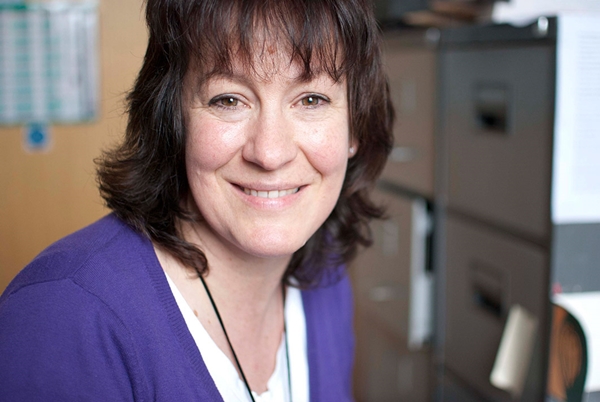Project Leader for project entitled 'Enabling research tools for cassava virologists and breeders' (2013-2017, £0.5 million funded by The Bill and Melinda Gates Foundation )
Cassava is an essential food security crop, but its production is greatly limited by cassava virus diseases driven by super-abundant populations of the whitefly vector, B. tabaci, which appear to be an invasive form. In order to develop novel whitefly-management technologies and to ensure their successful adoption by resource-poor farmers, an improved understanding of the mechanisms generating the super-abundance cassava whitefly populations is required. A key step in this process is the development of accurate, robust and easy-to-use diagnostic tools that differentiate the different African cassava whitefly species. At present, population identification is based on the partial sequence of the mitochondrial cytochrome-oxidase 1 gene (mtCO1). This diagnostic has several drawbacks, the most serious being that it is a mitochondrial marker and hence is inherited maternally. The proposed project will address the need for improved whitefly diagnostics by studying biological properties and nuclear gene sequences for the different cassava 'mt-CO1' populations, focusing on identifying diagnostic targets (i.e. gene sequence differences) present in the super-abundant whitefly populations infesting cassava in sub-Saharan Africa. The knowledge and new diagnostic tools will improve our understanding of the mechanisms driving plant-virus epidemics and for identifying key intervention points. As such they have the potential to create significant impact both in the scientific community and through improved African cassava whitefly, and hence virus disease control.
This project will also assess the suitability of a novel method to develop infectious clones (ICs) of cassava brown streak viruses (CBSV, UCBSV) and NRI is coordinating an international team to share resources and draw up standard operating procedures (SOPs) for the use of ICs in SSA. This will link directly with the 'Disease diagnostics for sustainable cassava productivity in Africa' proposal at the Mikocheni Agricultural Research Institute (MARI) Tanzania, which aims to minimize both the occurrence as well as impact of cassava virus diseases and their associated insect (whitefly) vectors.
Project Leader for project entitled 'Development of On-farm Robust Diagnostic Toolkits for Yam Virus Diseases' (2012-2016, ~US$1.5 million funded by The Bill and Melinda Gates Foundation)
Yams are propagated vegetatively through their tubers, which leads to an accumulation of tuber-borne diseases in farmers' planting material and subsequent serious crop yield losses. The economically-important tuber-borne diseases are caused by viruses, and the only effective method of controlling these virus diseases is to use virus-free planting material. The scarcity and associated high expense of such material has been identified as one of the most important critical constraints to increasing yam production and productivity in W.Africa. A separate Bill and Melinda Gates Foundation funded project 'Yam Improvement for Incomes and Food Security in W.Africa (YIIFSWA)' (of which NRI/Professor Seal is also a partner) will address this by supporting the supply of high quality breeder and foundation seeds, and promoting a seed yam certification system to support the production and sustainable supply of high quality seed yams through farmer seed growers and commercial seed entrepreneurs. There is a resulting urgent need to develop on-farm diagnostic kits for yam viral diseases to enable this certification in the field.
The 26 virus species that have been reported to infect yams worldwide fall into nine taxonomic genera, but only three of these genera (badnaviruses, potyviruses and cucumoviruses) have been shown to cause important diseases and be widespread in recent surveys (2004-2009) across 100 yam growing locations in W.Africa. In addition to the normal virus infection process, some of the 12 yam badnavirus species appear to be integrated into the host genome of some of the widely cultivated Dioscorea species. Integrated badnavirus sequences are termed 'endogenous pararetroviruses' (EPRVs). Of particular concern is that EPRVs can be 'activatable', i.e. able to replicate and initiate virus infections de novo from their sequences integrated in the host genome. This poses serious problems for virus-indexing facilities as material free from virus particles and symptoms can, when stressed, become infected. Therefore it is essential to improve existing diagnostic tools for broad-specific detection of viruses and EPRVs, particularly in germplasm selected for wide dissemination in YIIFSWA. The yam lines containing 'activatable' EPRVs will need to be removed from the multiplication process as they cannot be 'cleaned' of badnaviruses and will pose a serious long term threat to the genuinely virus-free yam lines.






